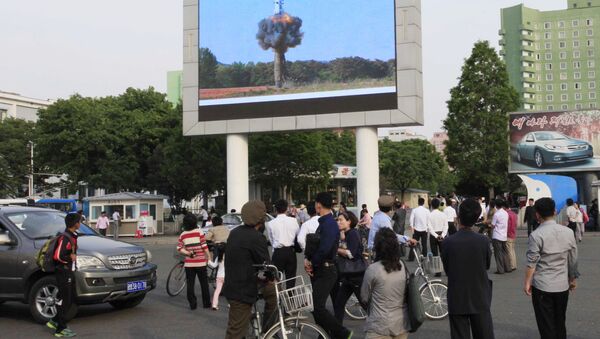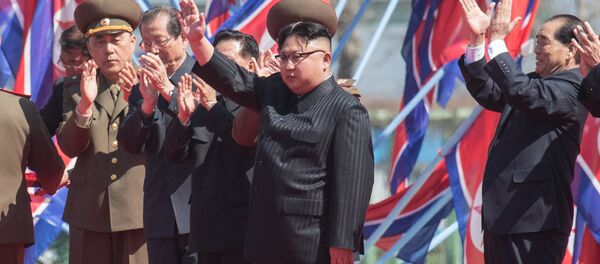South Korea, however, stated after the DPRK launch that the MRBM, with a range of no more than 1,500 miles, is not able to reach the closest US territory of Guam, some 2,200 miles away.
The mid-Pacific Ocean island of Guam is used by the US as a staging platform and refueling depot for long-range bombing missions and other East-Asian military operations.
Officials in Seoul asserted that DPRK claims about the range of its missile test were false.
"It's believed to be an MRBM in terms of the flight distance when launched at a normal angle," said Army spokesman Colonel Roh Jae-cheon, according to Yonhap.
The test on Sunday was identified as a solid-fuel Pukguksong-2 MRBM missile, and during its flight it rose to an altitude of some 350 miles and traveled over 300 miles down range, before falling into the East China Sea.
Pyongyang's state-run KCNA media claimed that the country's leader, Kim Jong-un, was personally involved in the event.
"Saying with pride that the missile's rate of hits is very accurate and Pukguksong-2 is a successful strategic weapon, he approved the deployment of this weapon system for action," the Korean Central News Agency (KCNA) said, cited by Yonhap.
South Korean military officials, backed by weapons experts around the globe, caution that DPRK missile technology, while advancing rapidly, is not as accurate or powerful as Pyongyang has claimed, citing repeated launch failures and atmospheric reentry incapability.



